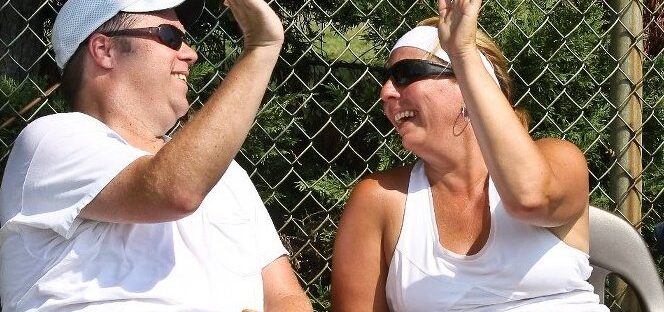“Have you ever heard of pace?” asked a friend.
In college, on a bike ride, I apparently had an erratic pace, according to the track star riding with me. Sometimes I cruised; other times, I stood, peddling with all my heart to climb a hill, then enjoying the swish of the wheels rolling down the other side. Pace didn’t exist in my world, all in or all out, no middle.
My friends tried to teach me rhythm when I tried out for cheerleading. I still remember standing in one of the seasoned cheerleader’s living room, her fingers snapping, setting the beat, and my two left feet trying to follow along. Miraculously, I did make the squad. But only by the grace of God.
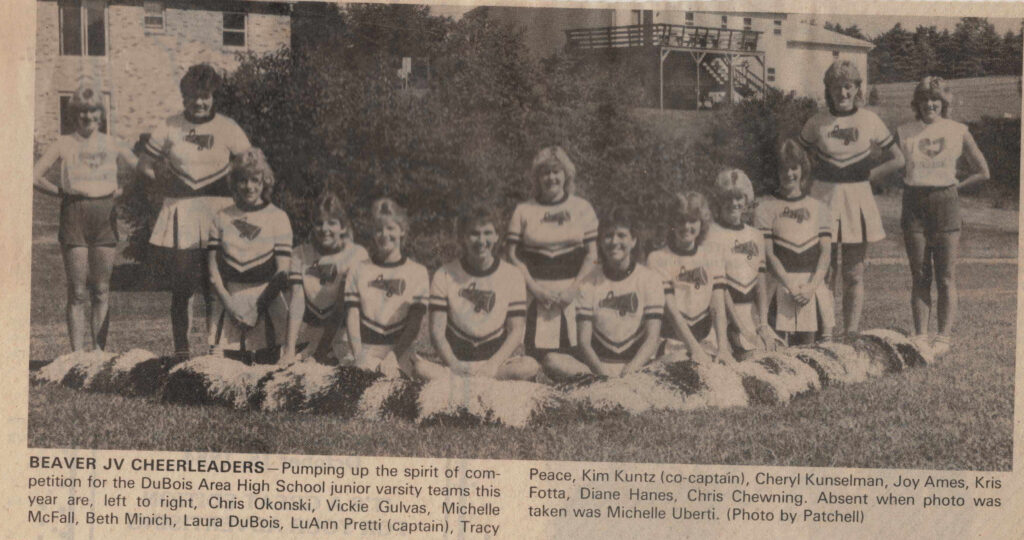
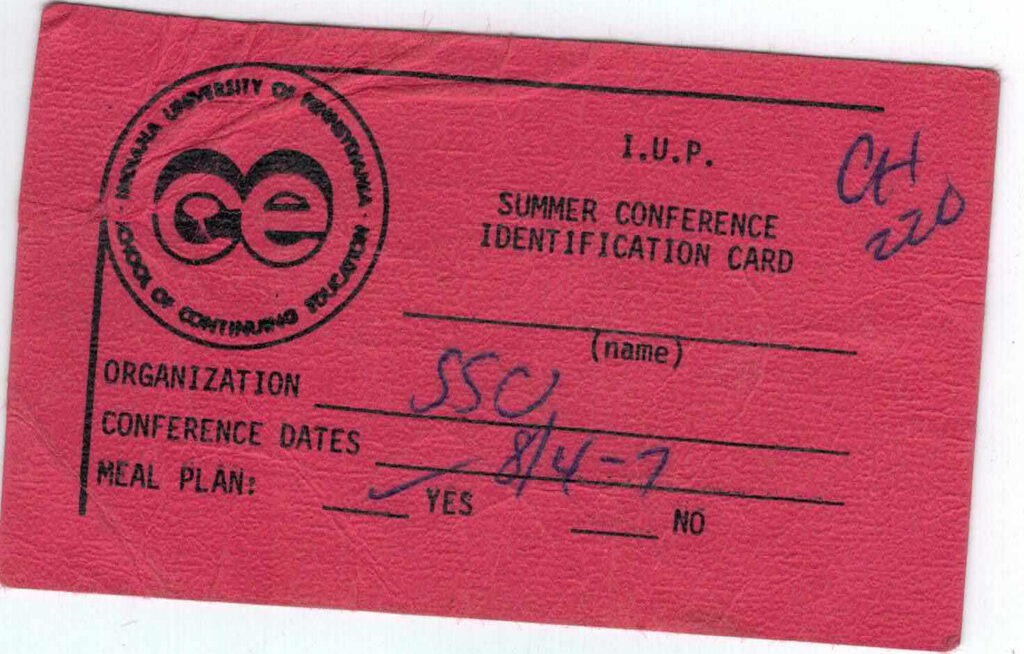
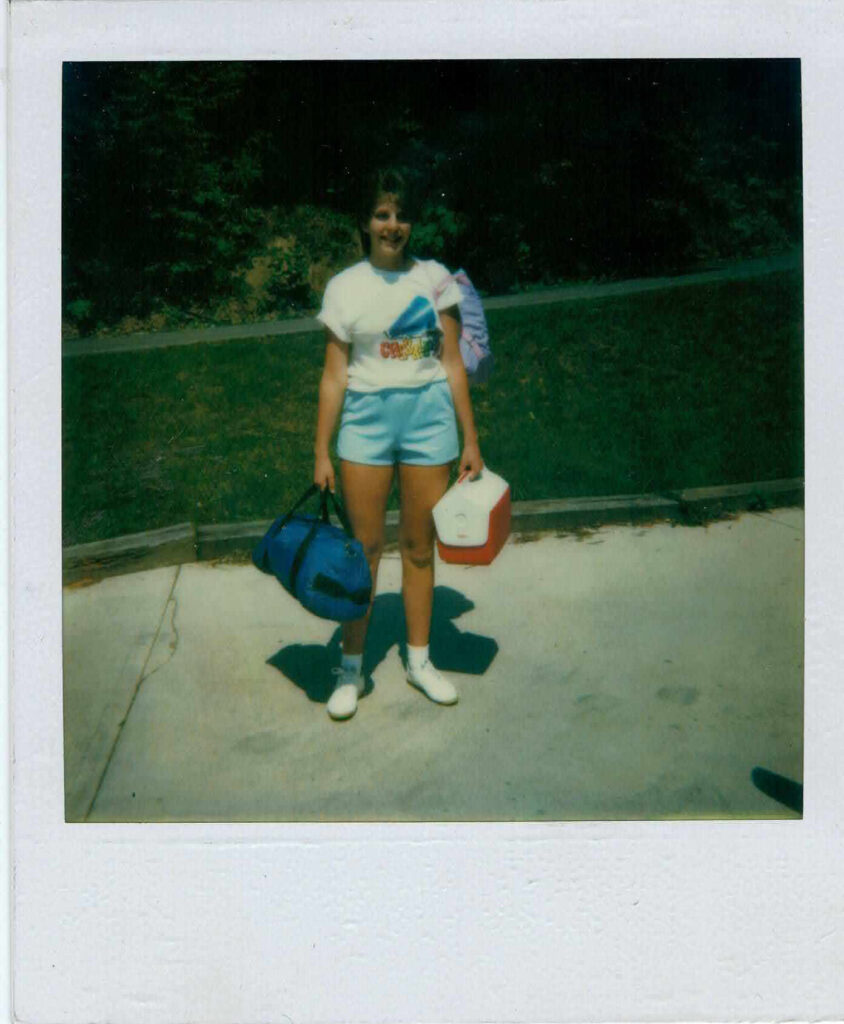
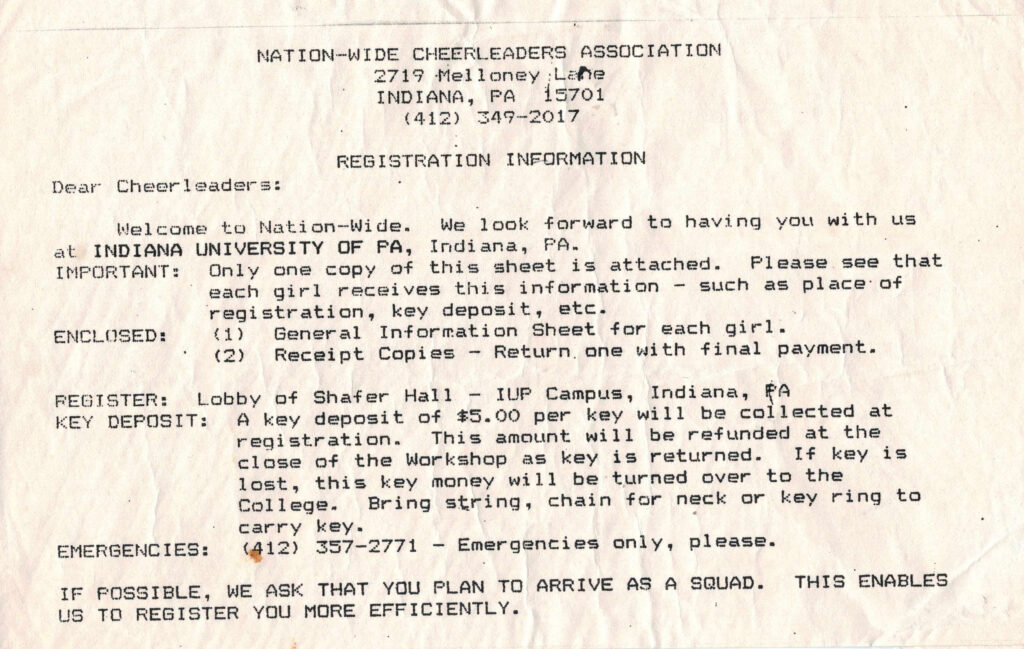
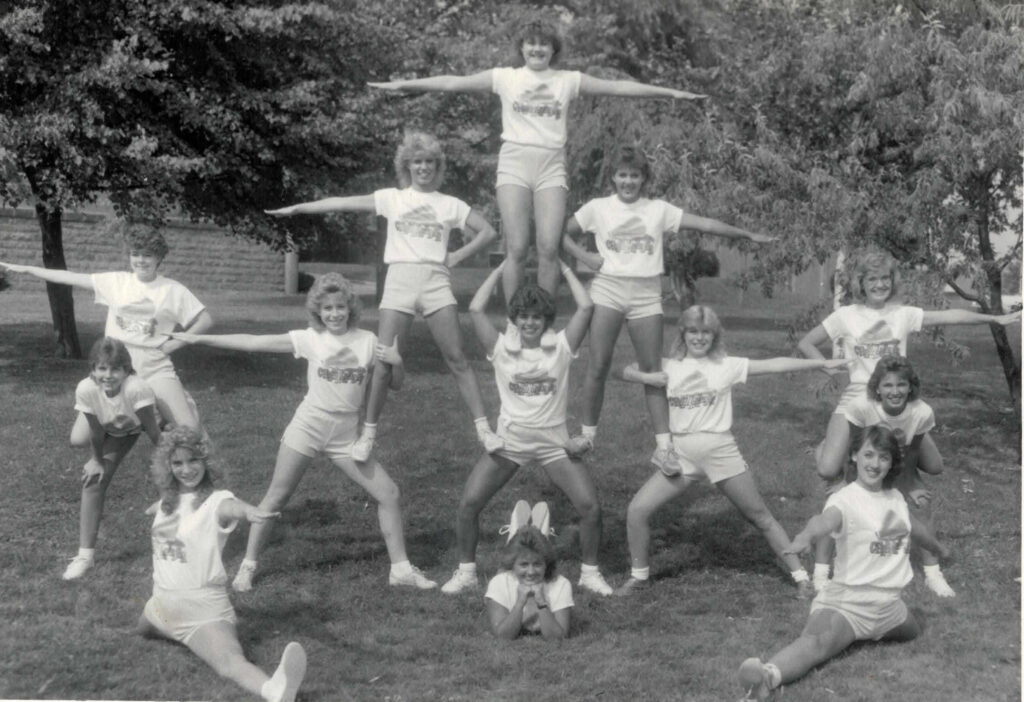
“We need to find a rhythm.”
Fast forward thirty years to Ron still trying to teach me rhythm. As a music major, Ron knows pace and rhythm well. Unlike me, who only has two speeds, fast and faster.
“My main prayer for you is that you don’t hurt yourself.” Thanks, Honey!
Working for Manhattan-based Nautica International taught me a fast-paced lifestyle, the job’s demands creating the rhythm. After sixteen years with the company working long days, sleeping short nights, and driving or flying countless miles, I still didn’t understand my friend’s question from our bicycle ride, much less rhythm.
But Ron did, and after a particularly hectic period of back-to-back travel, Ron needed us to find a rhythm. My husband didn’t like the New York minute; he prefers the slower pace of an acoustic guitar.
And so we began to work rhythm into our lives, one negotiation after another. Kicking and screaming, I began to understand both pace and rhythm. However, I didn’t enjoy it, nor did the rhythm feel natural.
But now, as I develop my coaching skills and understand relaxed concentration in sports, I’m learning how rhythm keeps you in the moment. Discover the movement, and you will find the rhythm.
“Bounce. Hit.”
Following the movement in tennis requires keeping your eye on the ball. Forcing yourself either audibly or mentally to say “Bounce. Hit.” will tune your senses into the rhythm of the point. With tennis, you must call your shots and the opponents. Doing so keeps you engaged in the movement of the point and helps you find the rhythm.
“Back. Hit.”
In golf, the ball doesn’t move, but the club does. Following the movement in golf means becoming aware of the club head while focusing your eyes on the ball. When the club reaches the pinnacle of the backswing, “Back,” and at the point of contact, “Hit.” Golf has a slower rhythm than tennis; in a four-hour, 18-hole round, you only spend three minutes hitting the ball. Keeping your mind focused, not allowing emotions or cognitive thought to interfere with your mental game, requires relaxed concentration, “Back. Hit.”
Working on these mental exercises in my two favorite sports helped me identify rhythm in games and life.
“Trust the training. Control the mind. Be nice.” My new motto for life and faith.
After finishing a rigorous two-hour doubles match, I began to “see” rhythm. Practicing my new motto, focusing on “Bounce. Hit,” while trusting my training and maintaining a friendly demeanor with my fellow players invigorated me. For the first time, I began to understand the phrase “Playing out of my mind.”
And finally, I’m beginning to understand rhythm.
Trust. Follow.
Faith, for me, means following Jesus. Falling into step with Jesus requires seeking Him through study, conversation, connection, and community. Pursuing Christ will show you His movement. Each day requires new steps of faith. “Trust. Follow.” Step. Step. One step at a time, Jesus leads us home.
Bounce. Hit.
Back. Hit.
Trust. Follow.
Find rhythm by following the motion.
